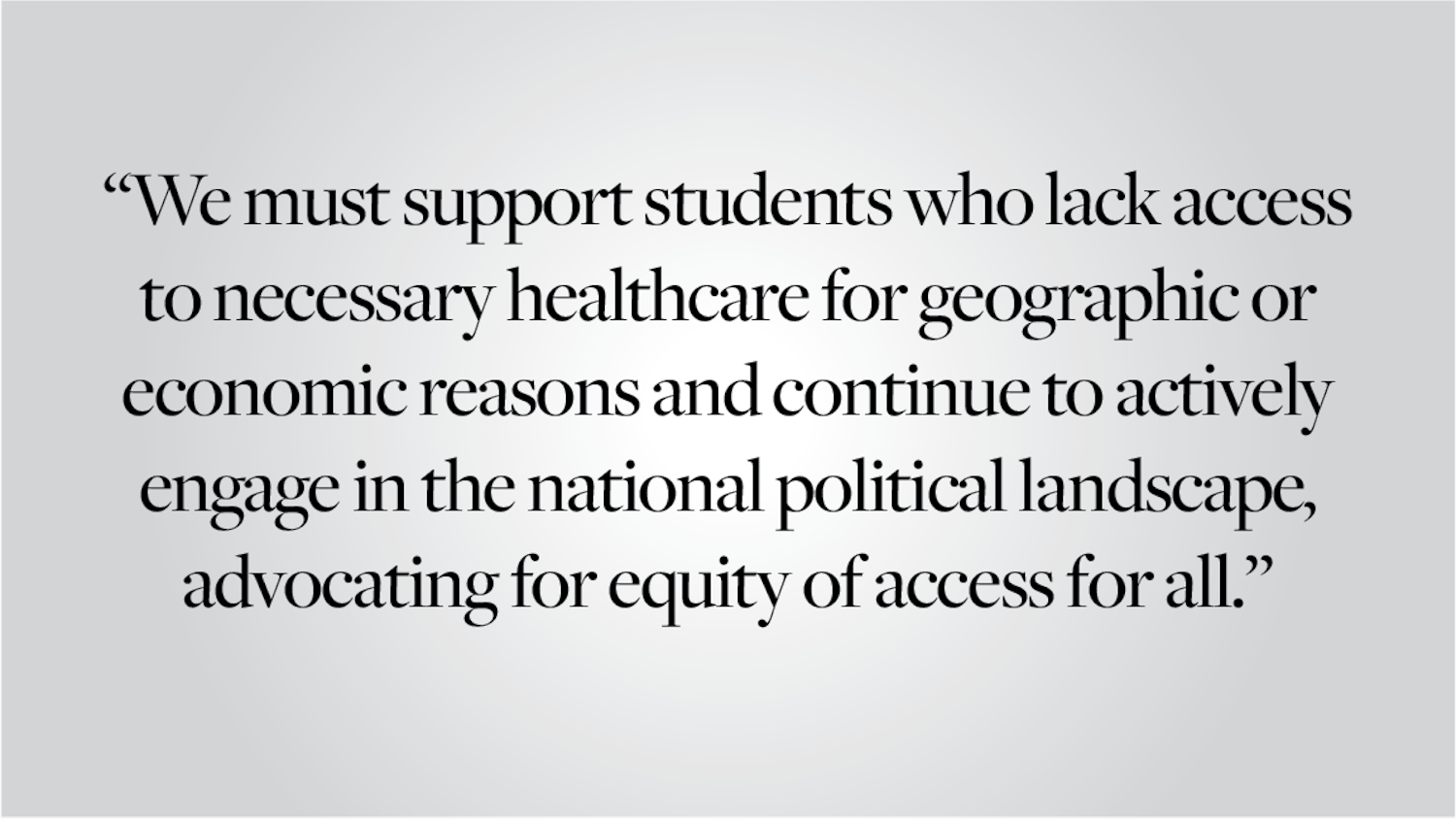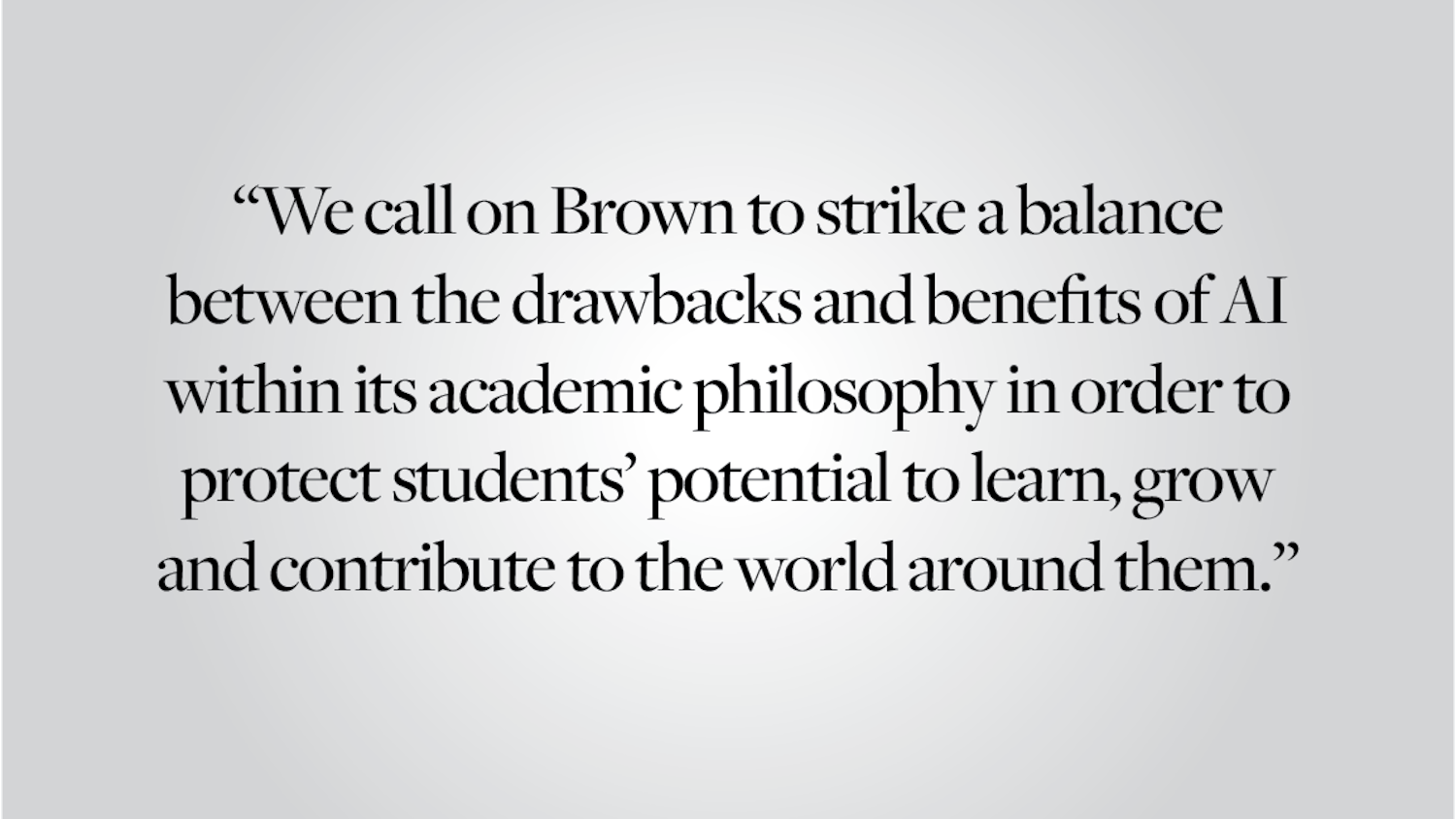The open curriculum provides students with the freedom to pursue courses that speak to their interests and preferences. But it can also allow them to avoid courses in fields that are difficult, yet ultimately enriching, including data-driven curricula. A basic knowledge of statistics can inform one’s understanding of the world tremendously. Brown should move toward a stronger emphasis on data fluency in the classroom, as called for in President Christina Paxson’s P’19 strategic plan. Incorporating a greater proficiency with data into students’ experiences would, like the writing requirement already in place, help students in the transition to a complex and changing world, in which working with statistical data is integral to critical thinking and global engagement.
Many statistics are thrown at us every day: Women make $0.77 for every $1 men earn; the unemployment rate of the workforce is 5.5 percent; there are 11 million undocumented immigrants in the United States. It is critical to know how these numbers are calculated and aggregated before the issues can be thoughtfully discussed.
How about another example many of us have seen before: With a 95 percent effective test for a rare disease occurring in 1 out of every 1,000 people, if you survey 1,000 people, what’s the probability that anyone who tests positive actually has the disease? This kind of knowledge is more than a parlor trick — it allows us to understand relevant problems and to think critically about the math and science that are presented to us. Basic math and epistemology skills learned studying math and statistics give students tools to parse the quantitative world — to even read the studies themselves, the way the humanities at Brown inform how students react to the world of the arts.
This is not about just understanding data presented to us in daily life, but also about exposing students to a different academic mindset: Table their point of view, ask the right questions of the data and let them speak. It also means learning how to ask unbiased questions and testing hypotheses that may invalidate students’ intuition. Those students who study data will share the experience of feeling the subjective invalidation of data supporting something other than their hypothesis, and in one moment there is frustration, and in the next, forward movement in the search for truth.
The increased emphasis on data might involve hiring more faculty members to add courses that open applied mathematics to a broader range of students. But, like WRIT-designated courses, data can be incorporated into other fields. Political science allows students to analyze the endless polls that are conducted every day on American voters. Lab courses in physics and chemistry depend on data distribution in making conclusions. These would not need to be definitive courses, but certainly classes that force students to confront the empirical reliability of statistical inference and the responsibility that goes into interpreting a study or statistics to hopefully expose them to a new world of empiricism and substantiable claims about the world.
We utilize quantitative methods because we aim to explore and derive truth on a contextual basis. Analyzing data sets within the sphere of the humanities or sciences enables us to discern the validity of our beliefs and how to better describe these phenomena and trends; these modes of analysis span academic departments. A greater emphasis placed on data fluency within the existing — and complementary — framework of the New Curriculum would undoubtedly serve Brown well and prepare students for a more data-driven world beyond the Van Wickle Gates.
Editorials are written by The Herald’s editorial page board: its editors, Alexander Kaplan ’15 and James Rattner ’15, and its members, Natasha Bluth ’15, Manuel Contreras ’16, Baxter DiFabrizio ’15, Mathias Heller ’15 and Aranshi Kumar ’17. Send comments to editorials@browndailyherald.com.




